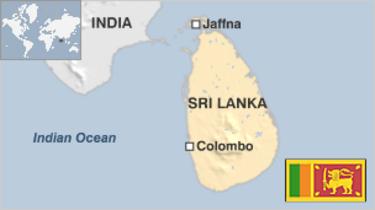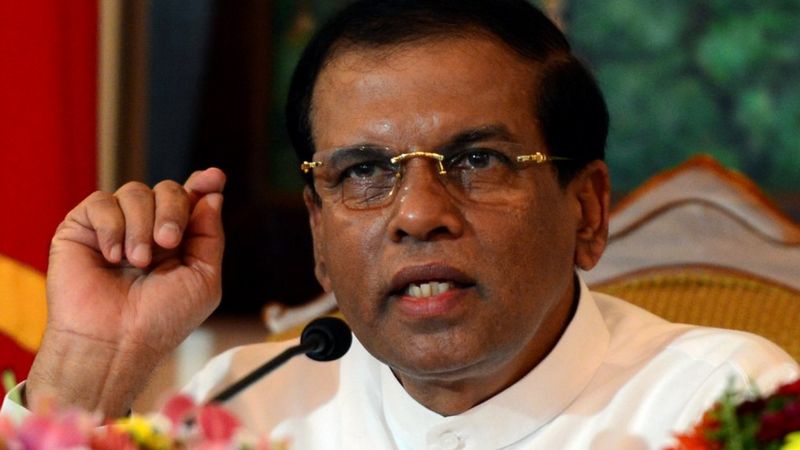Sri Lanka country profile

Lying off the southern tip of India, the tropical island of Sri Lanka has attracted visitors for centuries with its natural beauty.
But it has been scarred by a long and bitter civil war arising out of ethnic tensions between the majority Sinhalese and the Tamil minority in the northeast.
After more than 25 years of violence the conflict ended in May 2009, when government forces seized the last area controlled by Tamil Tiger rebels. But recriminations over abuses by both sides continue.
The island fell under Portuguese and Dutch influence after the 16th century. It gained independence in 1948, after nearly 150 years of British rule.
- Read more country profiles - Profiles by BBC Monitoring
- See slideshow
FACTS
Democratic Socialist Republic of Sri Lanka
Commercial capital: Colombo
- Population 21.2 million
- Area 65,610 sq km (25,332 sq miles)
- Major languages Sinhala, Tamil, English
- Major religions Buddhism, Hinduism, Islam, Christianity
- Life expectancy 72 years (men), 78 years (women)
- Currency Sri Lankan rupee
LEADER
President: Maithripala Sirisena

Maithripala Sirisena was sworn in as Sri Lankan president after a shock victory over veteran strongman Mahinda Rajapakse in a January 2015 election dominated by charges of corruption and growing authoritarianism.
The former health minister, who united a fractured opposition to pull off an unlikely victory, promised sweeping reforms of the presidency and said he would transfer many of its executive powers to parliament.
He was elected on a tide of resentment against Mr Rajapakse, who rewrote the constitution after his re-election in 2010 to remove the two-term limit on the presidency and give himself more powers over public servants and judges.
Mr Rajapakse enjoyed huge support among majority Sinhalese voters after overseeing the end of a separatist war by ethnic Tamil rebels in 2009.
MEDIA
Sri Lanka's media divide along language and ethnic lines.
By the end of 2014 about a quarter of the population was online.
TIMELINE
Some key dates in Sri Lanka's history:
Fifth century BC - Indo-Aryan migrants from northern India settle on the island; the Sinhalese emerge as the most powerful of the various clans.
Third century BC - Beginning of Tamil migration from India.
1505 - Portuguese arrive in Colombo, marking beginning of European interest.
1833 - Whole island united under one British administration.
1948 - Ceylon gains full independence.
1949 - Indian Tamil plantation workers disenfranchised, the start of a wave of Sinhalese nationalism which alienates the Tamil majority.
1972 - Ceylon changes its name to Sri Lanka.
1976 - Liberation Tigers of Tamil Eelam (LTTE) founded to fight for Tamil rights.
1983 - Start of civil war.
2009 - LTTE defeated, ending the war thought to have killed between 70,000 and 80,000 people.
BBC@


Comments
Post a Comment